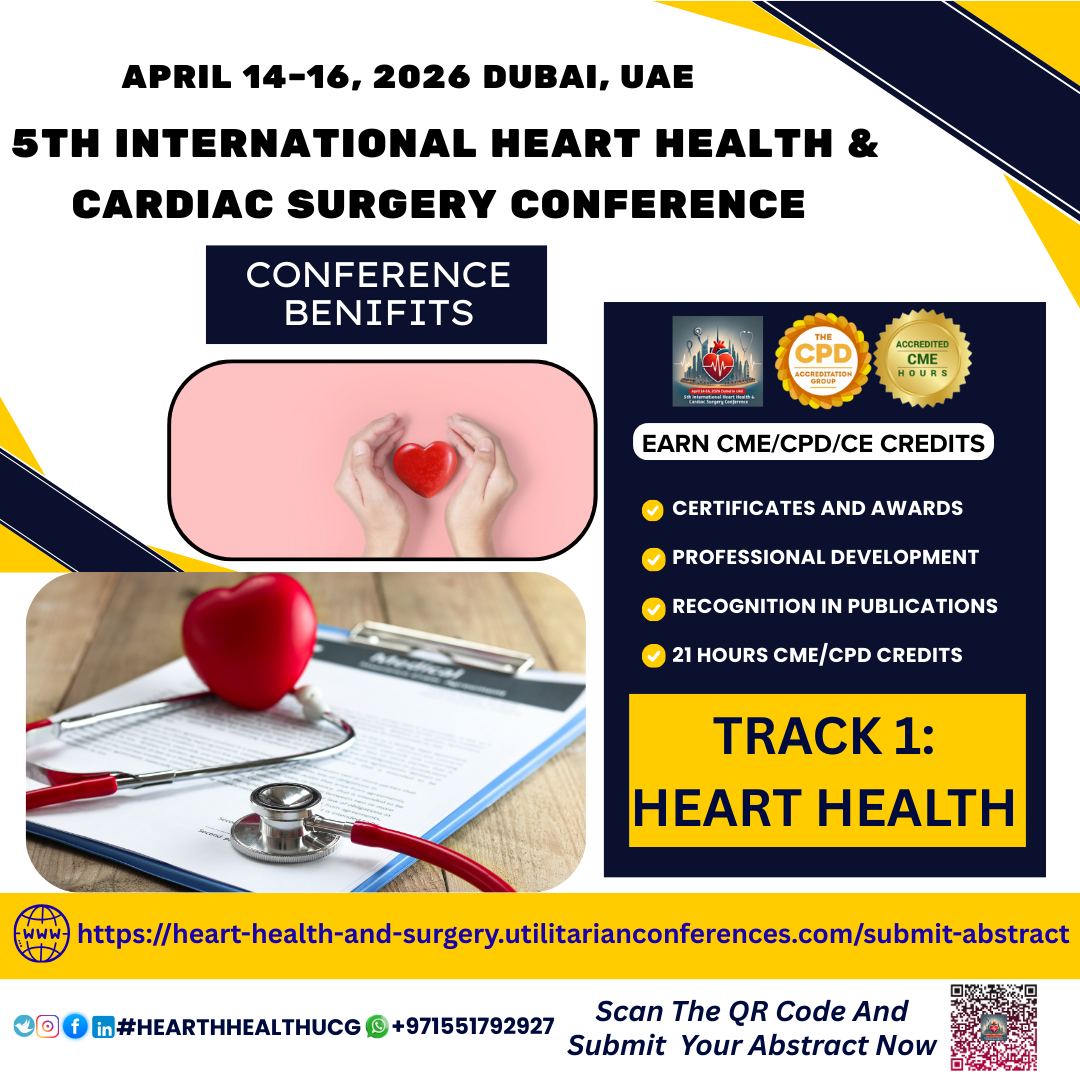



Heart Health is a broad and essential topic that refers to maintaining the...

Cardiovascular diseases (CVDs) are the leading cause of death globally,
claiming an estimated 17.9...

The human heart is more than a muscular pump—it's an electrical system that relies on precisely timed impulses to beat regularly. When this rhythm is disrupted, it can lead to what’s known as a heart rhythm disorder, or arrhythmia.
Arrhythmias can range from harmless to life-threatening. Understanding their types, causes, symptoms, and treatments can empower patients and caregivers to take proactive steps toward heart health.
What Are Heart Rhythm Disorders?A heart rhythm disorder occurs when the electrical signals that control the heartbeat are delayed, disrupted, or originate from the wrong location. This can cause the heart to beat:
Too fast (Tachycardia)
Too slow (Bradycardia)
Irregularly (such as in atrial fibrillation)
These abnormal rhythms can affect how well the heart pumps blood to the rest of the body.
Common Types of ArrhythmiasThe most common type of serious arrhythmia, where the upper chambers (atria) beat irregularly and out of sync with the lower chambers (ventricles).
2. Bradycardia A slow heart rate, typically under 60 beat per minute, which can cause fatigue, dizziness, or fainting.Supraventricular tachycardia (SVT): Originates in the atria
Ventricular tachycardia (VT): Arises from the lower chambers and can be life-threatening.
4. Ventricular Fibrillation (VF)A rapid, chaotic rhythm in the ventricles that causes the heart to stop pumping blood—a medical emergency.
5. Premature BeatsExtra heartbeats that feel like a "skipped beat" or flutter, common and usually benign
Causes and Risk FactorsHeart rhythm disorders may develop due to various factors, including:
Coronary artery disease
High blood pressure
Heart valve disorders
Congenital heart defects
Electrolyte imbalances
Stress or stimulant use (caffeine, alcohol, drugs)
Sleep apnea
Hyperthyroidism or hypothyroidism
In some cases, arrhythmias occur without a clear underlying cause.
Symptoms to Watch For While some arrhythmias cause no symptoms, others can trigger noticeable changes such as: Palpitations (fluttering or racing heartbeat)Chest discomfort Shortness of breath Dizziness or lightheadedness Fainting (syncope)
Fatigue or weakness
Persistent or severe symptoms require immediate medical evaluation.
Diagnosis Diagnosis of arrhythmias may include:
Electrocardiogram (ECG/EKG): Measures the heart’s electrical activity.
Holter monitor or event recorder: Portable devices for extended monitoring.
Echocardiogram: An ultrasound to assess heart structure.
Electrophysiology study (EPS): An invasive test to pinpoint electrical issues.
Treatment Options Treatment depends on the type and severity of the arrhythmia and may include:Cardioversion: A controlled electric shock to restore normal rhythm
Ablation therapy: Destroys the small area of heart tissue causing the abnormal signals.
Pacemaker: A device implanted to manage slow heart rates
Implantable cardioverter-defibrillator (ICD): For life-threatening arrhythmias, it delivers shocks to restore normal rhythm.
Prevention and Prognosis Not all arrhythmias can be prevented, but risk can be reduced by: Controlling blood pressure and cholesterol Quitting smoking Staying physically active
Managing diabetes
Reducing alcohol and caffeine intake
Most arrhythmias are manageable with proper treatment, and many people live full, active lives.